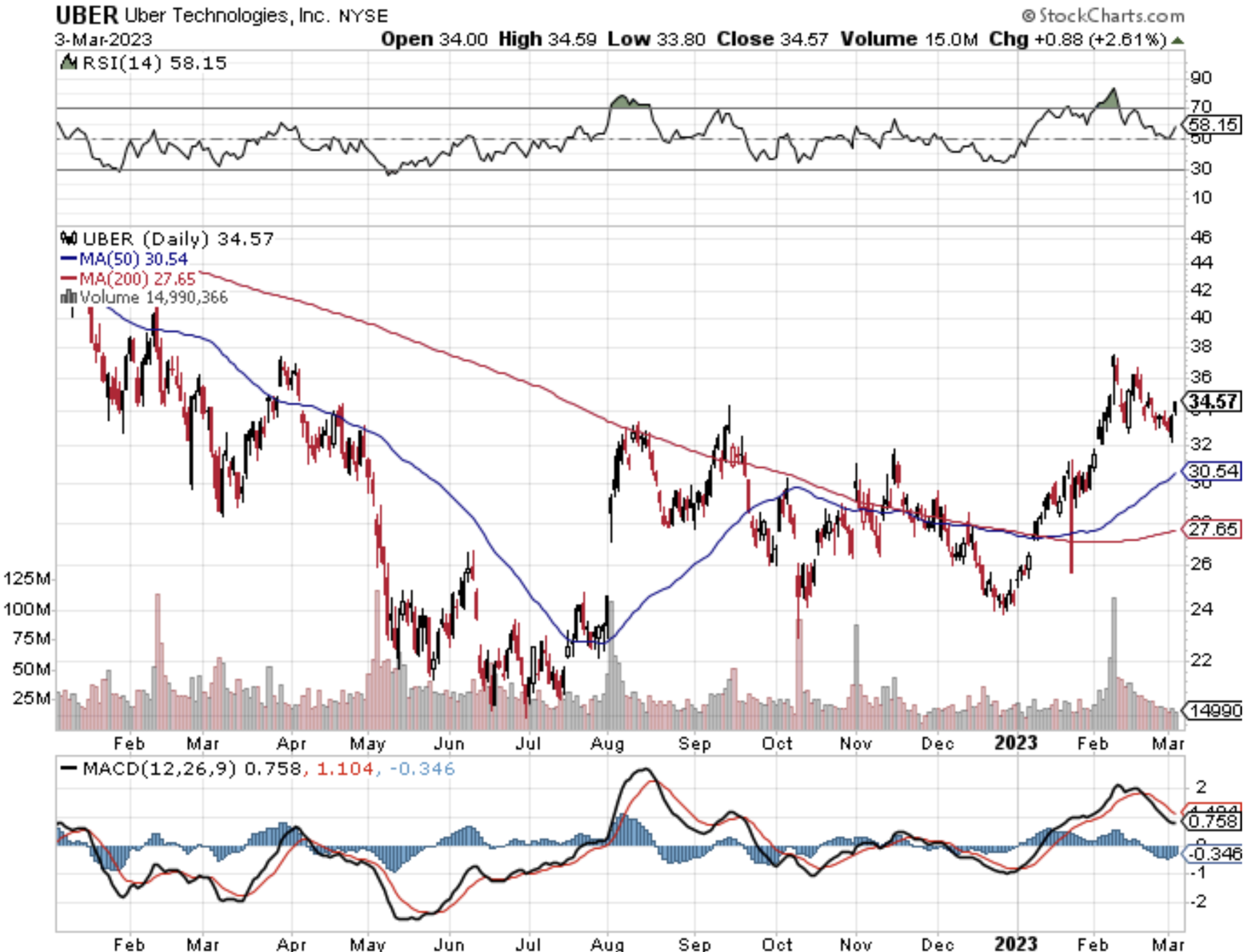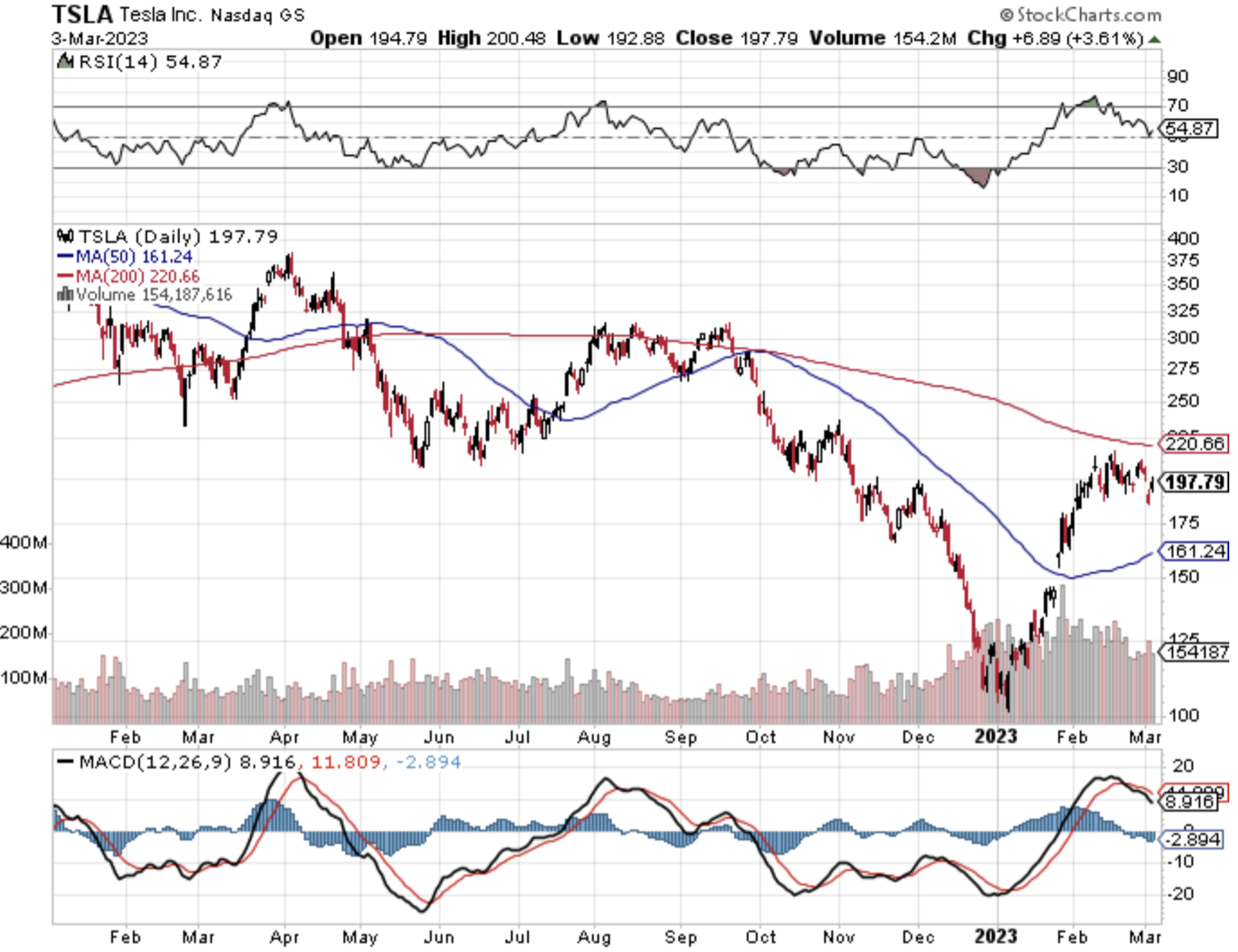Dealing With a Black Box
Who is responsible when artificial intelligence harms someone?
The California jury may soon have to make a decision. In December 2019, a man driving a Tesla (TSLA) with an AI navigation system killed two people in an accident. The driver faces up to 12 years in prison.
These events were bound to happen as teething pains are quite common with new technology especially one that is ambitious enough to transport machines in a human world.
Multiple federal agencies are investigating Tesla crashes, and The California Department of Motor Vehicles is investigating the use of AI-controlled driving functions.
Our current liability system, used to determine liability and compensation for injuries, is not AI-friendly.
Liability rules were designed for a time when humans caused most injuries.
But with AI, errors can occur without direct human intervention. The liability system must be adjusted accordingly. Poor accountability won't just stifle AI innovation. It will also harm patients and consumers.
It's time to start thinking about accountability as AI becomes ubiquitous but remains under-regulated. AI-based systems have already contributed to injuries.
The right accountability approach is critical to unlocking the potential of AI. Uncertain regulations and the prospect of costly litigation will deter investment, development, and deployment of AI in industries ranging from healthcare to autonomous vehicles.
Currently, liability claims typically begin and end with the person using the algorithm. Of course, if someone abuses the AI system or ignores its warnings, that person should be held accountable.
But AI errors are often not the user's fault. Who can blame an emergency doctor for letting an AI algorithm miss papilledema — a swelling of part of the retina?
AI's failure to detect the disease could delay care and potentially cause the patient to lose their eyesight. Papilledema is difficult to diagnose without an ophthalmologist.
AI is constantly self-learning, which means it takes in information and looks for patterns in it. This is a "black box" that makes it difficult to understand which variables affect the outcome.
The key is to ensure that everyone involved - users, developers, and everyone else in the chain - has been vetted to keep AI safe and effective.
First, insurers should protect policyholders from AI injury litigation costs by testing and validating new AI algorithms before deploying them.
Car insurers have also been comparing and testing cars for years. An independent security system can provide AI stakeholders with a predictable system of accountability that adapts to new technologies and practices.
Second, some AI errors should be challenged in courts that specialize in uncommon cases. These tribunals may specialize in particular technologies or topics.
Third, proper regulatory standards from federal agencies can offset the excessive liability of developers and users. For example, some forms of medical device liability have been superseded by federal regulations and laws. Regulators should focus on standard AI development processes early on.
Regulation can make or break AI in the upcoming years and I definitely lean towards the laissez faire attitude of deregulation.
Too many regulations will stifle the development and bring about undue costs.
No company will continue with loss-making operations unless they see a light at the end of the tunnel.
If allowed to develop with light regulation, AI will be that supercharger to tech stocks that investors dreamed of.
Transportation-based tech stocks such as Uber and Lyft will be one of the largest winners from the widespread implementation of driverless technology.
Also, throw in there the food delivery companies like DoorDash (DASH).
Another group with immense expense-saving possibilities is all the airlines around the world because theoretically, self-driving technology will become good enough to deploy in short and long-haul flights.
Getting to the point of consumers and regulators fully trusting self-driving technology is still a long and windy path, but I do believe we will arrive there.
When we do get there, the tech companies exposed to these great benefits will feel a 10X boost to their share price.




